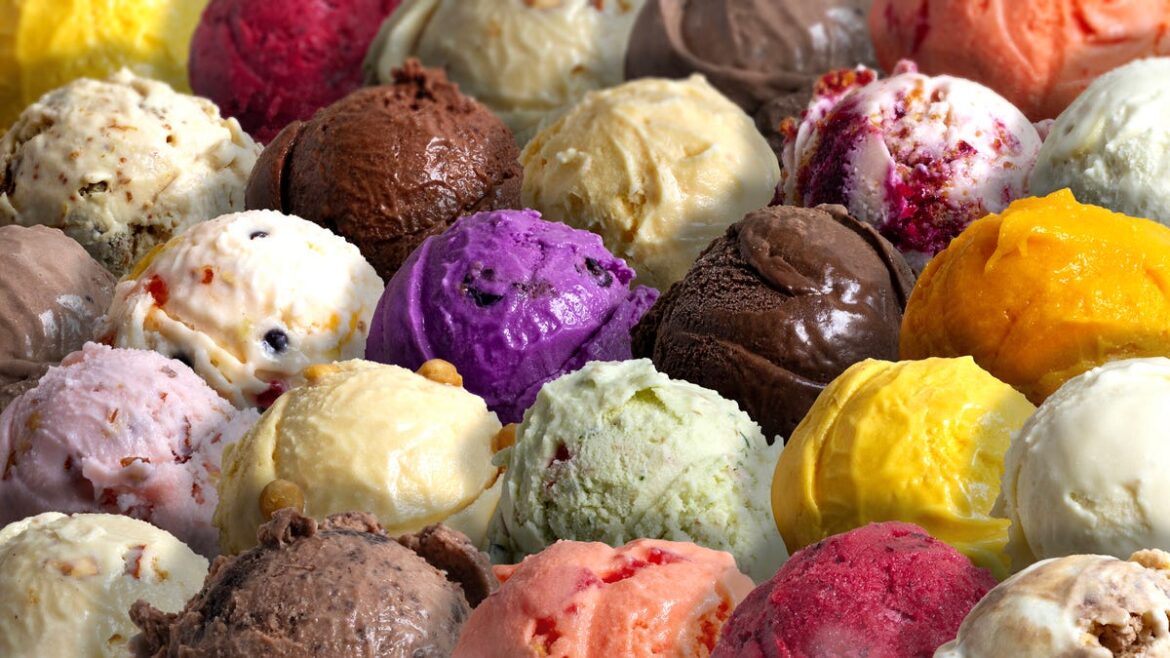
When was ice cream invented? It’s more complicated than you think.
The origins of ice cream are surprisingly mysterious. Here’s what to know about the dessert’s history.
There’s nothing wrong with indulging in a little treat from time to time, and whether you’re capping off a savory meal or craving an afternoon dessert, we can all make a little space for ice cream. But before you reach for the tub of Ben & Jerry’s in your freezer, know that ice cream is considerably easier to make at home than you might think.
Perhaps the greatest benefit to making your own ice cream is that you’re in control of the quality and quantity of the ingredients. By swapping traditional ice cream ingredients for a few nutrient-rich alternatives, you can achieve a healthier version of this classic frozen treat.
How is ice cream made?
Ice cream is usually made from a blend of milk, heavy cream, sugar and occasionally, egg yolks. When it’s commercially manufactured, you’ll also see various food colorings and additives on nutritional labels. Xanthan gum, for example, is an emulsifying agent that helps improve the texture of the ice cream, says Mallory Brown, a registered dietitian and owner of the food blog mallorythedietitian.com. Once the ingredients of the mixture have been combined, it’s churned at a high speed until the ice cream has reached its desired consistency — creamy and smooth.
Can you have ice cream every day?
While you could certainly enjoy a bit of ice cream every day, should you? From a dietitian’s perspective, Brown says what’s most important is to evaluate what you’re eating in the context of a healthy eating pattern.
The Dietary Guidelines for Americans 2020-2025 says anyone over the age of 2 should limit their intake of added sugar to no more than 10% of their total daily calories. If you’re following a 2,000-calorie-per-day diet, that means your added sugar intake should be limited to 200 calories (roughly 12 teaspoons of added sugar), per the CDC. To put it into context, a 2/3 cup serving of Häagen-Dazs’ vanilla ice cream contains 18.1 grams of added sugar, which is 36% of the recommended daily value, per the USDA’s Food Data Central.
So, if you’re going to save some room for dessert, consider limiting your sugar intake in other places throughout the day. Brown also suggests adding various fruits and nuts as toppings to your ice cream, which provides extra nutritional value and can help you feel more satiated.
How to make ‘ice cream’ at home
Brown’s recipe for making a no-churn strawberry cottage cheese ice cream is incredibly simple (requiring only five ingredients), and offers more nutritional benefits than traditional ice cream. In place of heavy cream, the foundation of this “ice cream” is cottage cheese, which is much lower in saturated fat, and is higher in protein, calcium and vitamin D. Brown’s recipe also swaps processed sugar for honey, and adds antioxidant-rich strawberries to provide a natural sweetness.
Strawberry Cottage Cheese Ice Cream (serves 3)
2 cups whole milk cottage cheese1 cup strawberries 12 graham crackers2 tablespoons honey2 teaspoons vanilla extract
Combine ingredients in a food processor, and blend until smooth. Pour the mixture into a loaf pan or container that’s safe to freeze. Sprinkle leftover graham cracker crumbs and chopped strawberries on top of the mixture, and place in the freezer for at least four hours. Once you’re ready to enjoy the ice cream, let it thaw for 10 to 15 minutes, and it’s ready to serve!

